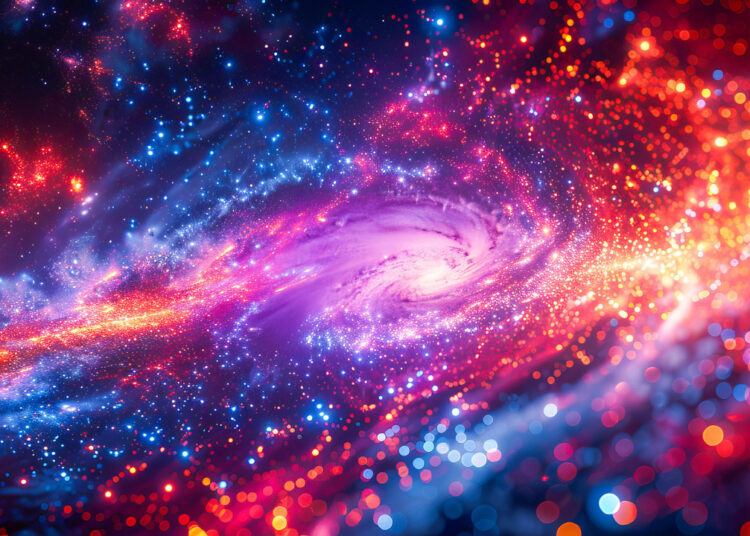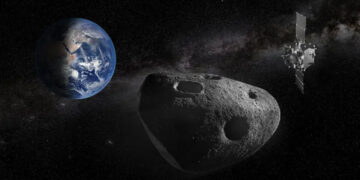Approximately 13.8 billion years ago, the processes that formed the foundation of the universe began, and they continue to be among the most intriguing topics for scientists. In this cosmic scene, dark matter and dark energy take center stage; without them, understanding how the universe operates is impossible.
Professor Henry Tye from Cornell University and his team are conducting a new study proposing that the universe may begin to collapse inward earlier than expected. Traditionally, the Big Crunch scenario suggested that the universe’s expansion would slow down and then reverse, collapsing into a single dense point. However, recent data showing accelerated expansion has caused this view to lose popularity. The primary explanation for this acceleration is the role of dark energy; but the data also question the existence of a constant cosmological constant.
Recent studies indicating that dark energy is not a fixed value and that the universe may weaken as it ages point to a complex structure in cosmological models. The new approach proposed by Tye and his team suggests that dark energy could differ in some respects from a traditional cosmological constant and could include what is called action, which involves particles much lighter than electrons. This mixture reopens the possibility of the Big Crunch scenario and proposes that gravitational attraction could dominate again at the end of the universe, gathering everything into a single point.
Among other scenarios for the end of the universe is the Big Rip. Dark energy could be much stronger than the cosmological constant, accelerating the universe’s expansion so rapidly that spacetime itself could tear apart, even separating atoms. Another possibility is the Big Bounce: our universe being part of an endless cycle of repeated Big Bangs and Big Crunches. The False Vacuum Decay is one of the most unconventional possibilities; it suggests that a random quantum interaction could unexpectedly end everything. The answers to these questions depend on better understanding the true nature of dark energy, and scientists are eagerly awaiting data from advanced observational tools such as the Euclid Observatory and the Vera C. Rubin Observatory.









